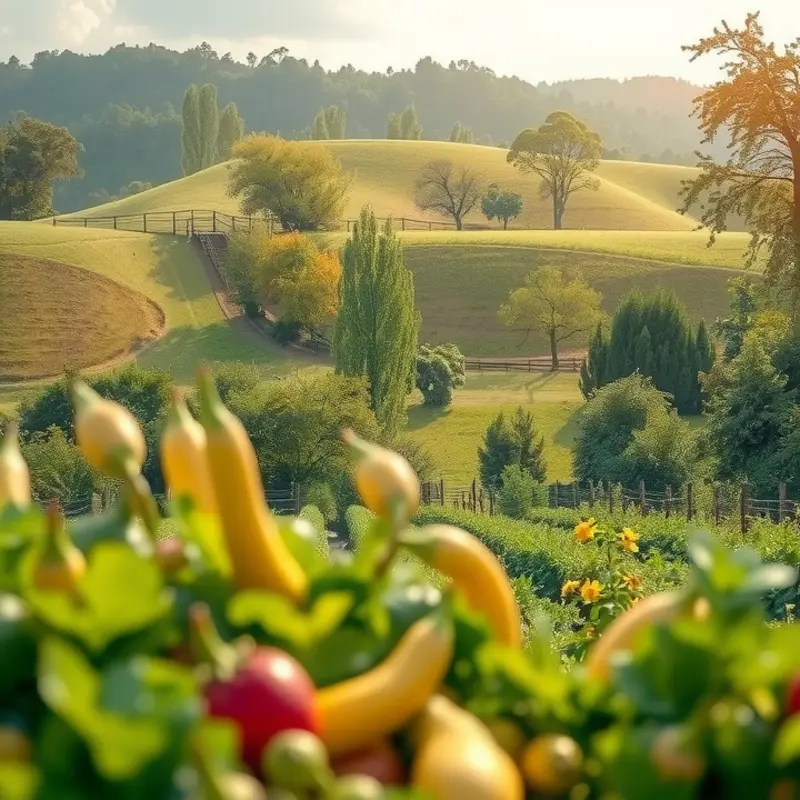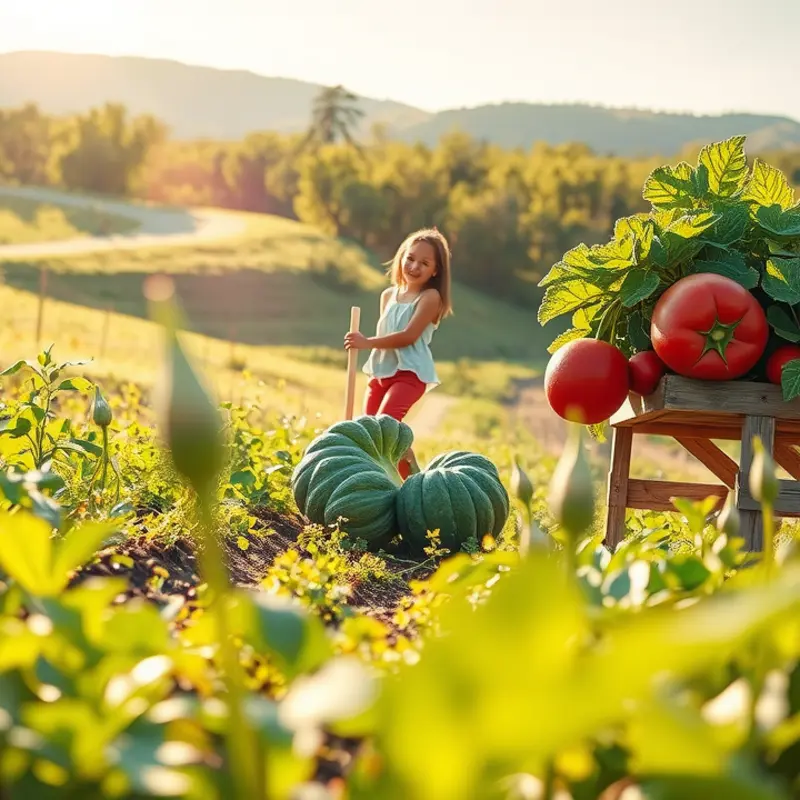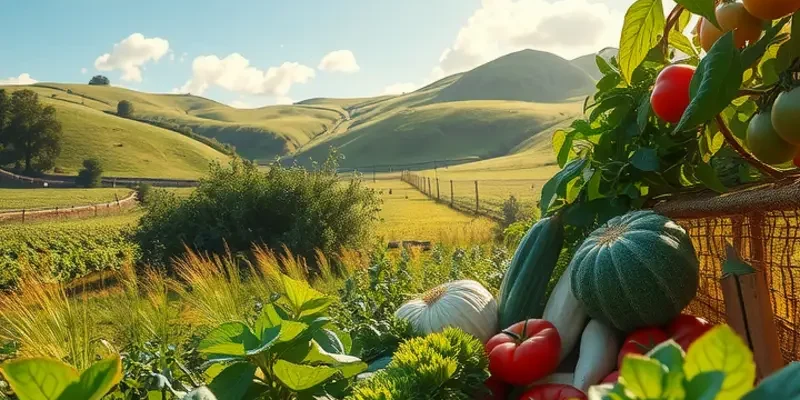Northern Europe, a region rich in history and culture, harbors a treasure trove of culinary rituals that reflect its unique heritage. From the vibrant smorgasbords of Sweden to the solemn celebrations of Finland, these rituals are more than just meals—they are a celebration of community, tradition, and the bounty of nature. This exploration invites food enthusiasts and curious travelers alike to embrace the flavors, customs, and significance behind these rituals that have withstood the test of time.
The Art of the Nordic Feast: Smorgasbord and Beyond

The Nordic smorgasbord is a culinary experience that embodies the spirit of variety and community which defines Scandinavian culture. This traditional spread, central to many celebrations, offers more than just a meal; it provides a narrative of history and camaraderie shared among family and friends.
The origins of the smorgasbord date back to the early 18th century in Sweden, where guests at gatherings were presented with an array of small dishes at the start of a meal. Over time, this practice evolved into a full-blown dining experience, integral to festivities and everyday life. This large spread of food became a bridge connecting generations through shared culinary art, transforming a mere meal into a cherished social occasion.
At the heart of the smorgasbord lies impressively diverse offerings. Each dish holds cultural significance, telling a story of tradition and taste. The centerpiece is often herring, prepared in various ways—pickled, cured, or smoked—paying homage to the region’s rich fishing heritage. These dishes are meticulously arranged to create an enticing visual and olfactory delight.
Equally delightful are the iconic Swedish meatballs, known for their distinctive flavor profile blending spices and creamy sauces. Paired often with lingonberry jam, these meatballs offer a sweet yet tangy counterpart that complements their savory richness. Add to this mix the rye bread, smoked salmon, and potato dishes, and the result is a feast that harmonizes flavors across the Scandinavian palate.
Beyond food, the smorgasbord is an embodiment of togetherness. It encourages communal serving and participation, fostering a sense of equality at the dining table. This tradition supports the Swedish notion of “lagom,” meaning balance and moderation, reflected in the mindful selection and preparation of dishes served. Such a dining style aligns with broader culinary practices that emphasize sustainable, eco-friendly meal preparation, as discussed here.
One cannot ignore the strategic assembly of flavors and textures. Salty and sweet, soft and crunchy, cold and warm—each plays its part in crafting an unforgettable dining encounter. Each individual’s plate becomes a canvas, where they mix and match according to personal taste, allowing for a unique exploration of flavors.
The smorgasbord continues to be a staple in celebrations across Northern Europe. While the tradition remains rooted in its history, it has adapted to modern culinary trends, incorporating new ingredients and techniques. Today’s smorgasbord may feature globally influenced dishes, offering a tapestry of flavors that represent not only Scandinavian heritage but also its openness to culinary evolution.
In essence, the smorgasbord is more than a feast. It is an introspective journey into the heart and soul of Scandinavian culture, a reflection of its people’s love for food, community, and shared experiences. Through these gatherings, the bonds of friendship and family are strengthened, one delicious dish at a time.
Seasonal Celebrations and Rituals: Finnish Food Culture

In Finland, food rituals are shaped by the rhythm of nature, offering profound connections to the earth. One of the most significant of these rituals is Juhannus, or Midsummer, a celebration that heralds the arrival of long, light-filled days. It is a time when Finns abandon the city for lakeside summer cottages, where they revel in nature’s beauty and bounty.
Juhannus is marked by bonfires and feasting. Grilled fish, such as salmon, takes center stage, the smoky aroma intertwining with the fresh summer air. Marinated in a mixture of dill, a staple in Finnish cuisine, and lemon, the fish is cooked over an open flame until perfectly tender. Accompanying the salmon are vibrant salads made from newly harvested potatoes and fresh greens, providing a refreshing counterbalance to the smoky richness.
For Finns, the meal is more than nourishment; it is a manifestation of their deep respect for nature. Ingredients are often foraged or sourced from local farms, underscoring a culture that prioritizes sustainability. This ethos aligns perfectly with contemporary practices of eco-friendly eating, allowing communities to enjoy the season’s best while safeguarding the environment. To explore more about sustainable eating habits, eco-smart kitchen storage provides excellent tips.
Communal meals during Juhannus serve a greater purpose than simply filling the belly. They forge bonds, creating shared memories that endure long after the feast is over. Gatherings are intimate and inclusive, with everyone contributing. Each dish tells a story, whether it’s a family recipe passed down through generations or an innovative twist added by the younger cooks.
Another noteworthy celebration is the crayfish party in late summer. During these convivial feasts, tables are laden with crayfish, crowned with sprigs of dill, and eaten with hands, bringing a tactile and immediate connection to the food. The feast is not just about indulgence; it is also about appreciation, marking the cyclical nature of Finnish life and the fleeting joys of the short summer season.
In these celebrations, the process of sourcing local ingredients, preparing meals together, and feasting in nature’s embrace, reveals the enduring relationship between the Finnish people and their environment. Such rituals serve as timeless reminders of how food and nature can weave community and culture into an inseparable tapestry, offering lessons on balance, respect, and togetherness.
Final words
Northern Europe’s culinary rituals embody more than just the act of eating; they are a manifestation of cultural identity and communal bonding. From the breathtaking smorgasbord that showcases a diverse culinary palette to the heartfelt seasonal celebrations of Finland, these practices provide a window into the soul of their respective societies. Engaging with these food traditions fosters a deeper appreciation for the interconnectedness of community, nature, and heritage. As we continue to explore the world through food, let us celebrate and honor these rich traditions that connect past and present.








